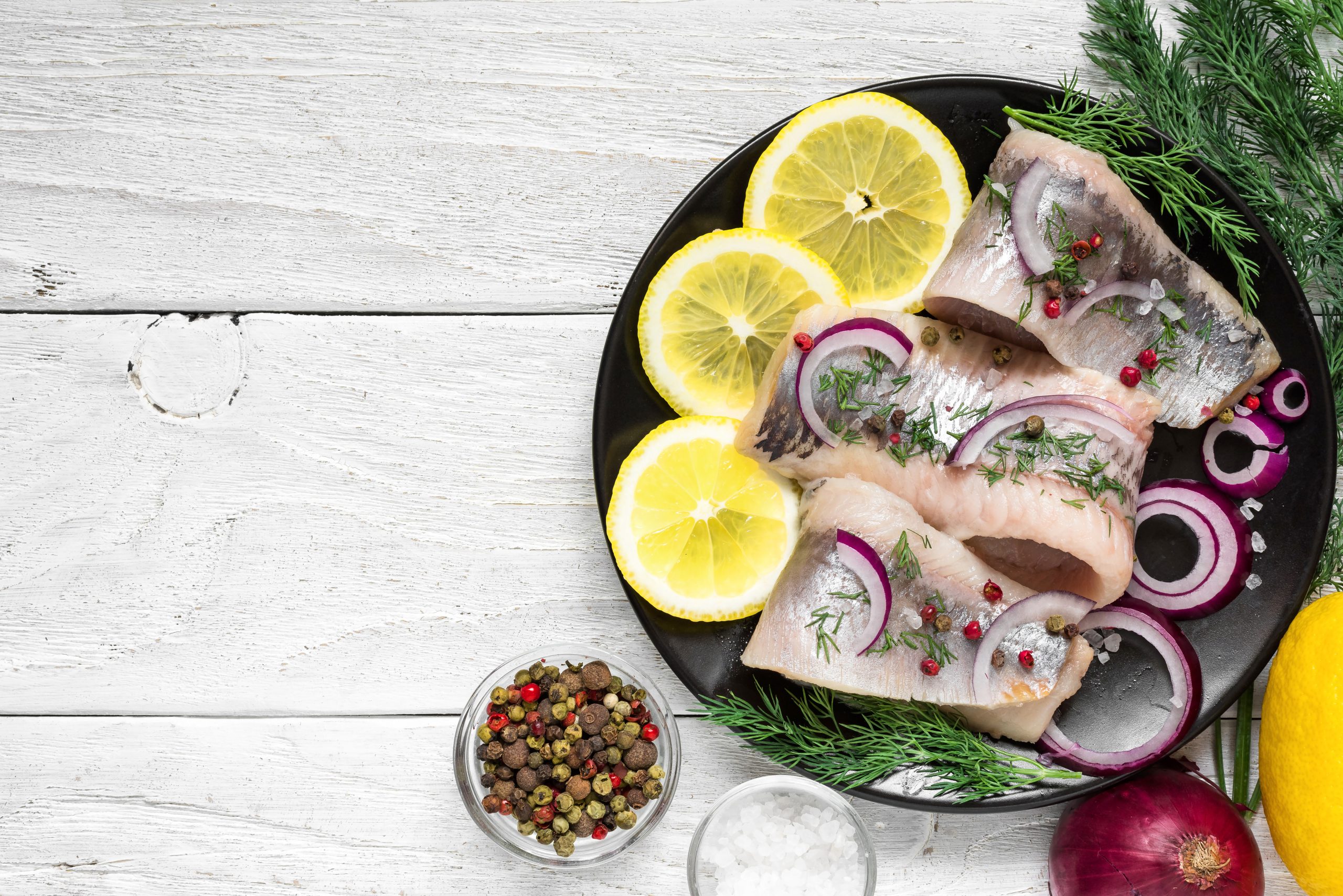You’ve heard all about the Mediterranean Diet, the Keto Diet, the Paleo Diet, the Anti-Inflammatory Diet, and more, but there’s yet another healthy diet that deserves some recognition.
The Norwegian Diet—also called the Nordic Diet—touts tremendous health and heart benefits, as staples include whole grains, berries, root vegetables, nuts, and seafood. It’s similar to the Mediterranean diet, with the main differences being that the Norwegian diet emphasizes canola oil instead of olive oil and limits alcohol. (The Mediterranean Diet is all about that glass or two of vino.)
What is the Nordic diet?
Also known as the Scandinavian diet or the Viking diet, the Nordic diet is based on the diet of Nordic countries such as Sweden, Denmark, Norway and Finland. This diet consists of eating healthy, seasonal, unprocessed and high-fiber foods.
In addition to promoting a balanced diet, this diet also aims to be ecological, sustainable and responsible. Much more than a simple diet, it is a lifestyle to adopt. If it allows you to limit weight gain, it is above all about staying healthy and respecting the environment.
There is a focus on eating organic produce when possible, choosing seasonal fruit and vegetables, eating more wild foods, choosing higher quality meat (but less of it overall), and avoiding food additives. All of these principles keep you healthy and nourished.
How does the Nordic diet work?
Unlike other diets, the Nordic diet does not aim to drastically restrict the consumption of certain foods. The objective is to favor products from the sea and seasonal fruits and vegetables. There is no specific meal plan to follow, you just need to have enough protein, fiber and vitamins on your plate. It should be noted that the main aim of this diet is to learn to eat better in order to strengthen the body and fight against weight gain.
As for the prohibitions, prepared meals and drinks with too much sugar are forbidden and replaced by water and home-made meals with seasonal foods. In fact, this diet requires a little preparation before going shopping. The important thing is to look at which seasonal foods to eat and to buy the ideal quantity in order to limit food waste.
Foods to be favored
The Nordic diet is based on a diet rich in fish and seafood. But be careful to vary the consumption of fish. This diet recommends eating fatty fish such as salmon, herring and sardines, but also lean fish such as cod, hake and sea bream.
Meat can be eaten but in a limited way and must be of superior quality. This diet suggests that live animals such as game, pork and beef should be preferred.
For a small snack? Choose nuts and seeds. These foods are rich in vitamins, proteins and fibers and should not be neglected during a diet. Fruits are also essential for all their nutritional benefits, especially red fruits, which are real antioxidants. In order to remain in a sustainable approach, opt for fruits that respect seasonality but also come from organic farming. Organic fruits and vegetables do not contain pesticides. In fact, they are better for your health.
Within the framework of this diet, dairy products must be limited and whole grains are preferred (oats, rye, barley). Finally, rapeseed oil, rich in Omega 3, is the main fat to use.
The advantages of the Nordic diet
The Nordic diet is not complicated to follow. Because of its objective, which is to change one’s lifestyle with a wide choice of foods, this diet is easy to adopt.
It does not create a feeling of hunger. In fact, this diet does not recommend counting calories or measuring portions. It only consists in giving priority to fiber, vitamins and omega 3 in a meal.
It is ecological and sustainable. In an era where ecology must be taken into account in our lifestyles, adopting a responsible diet is ideal. Try to buy the right amount or preserve your food to limit food waste.
>>>>>> See other diet here: Which Are The Top 10 Diets Nowadays?
